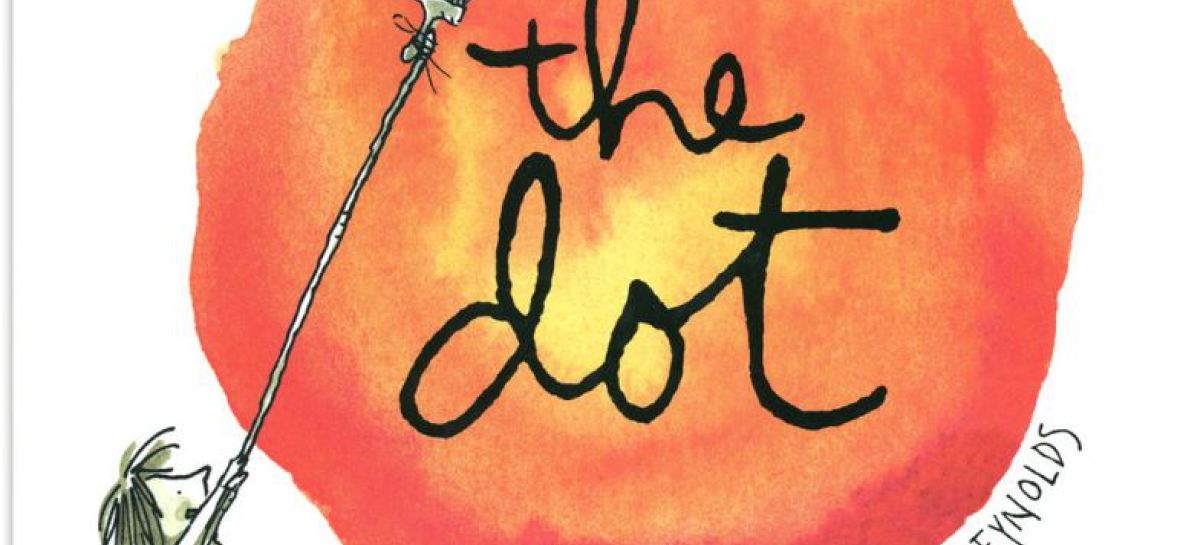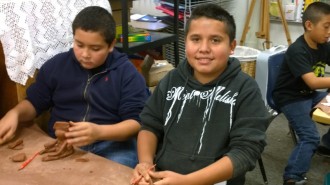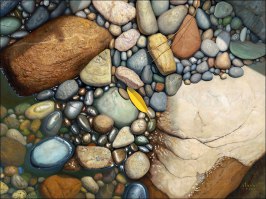

What is Arts Integration
Arts integration is
An APPROACH to Teaching
In which students
Construct and demonstrate
UNDERSTANDING
Through an
ART FORM
Students engage in a
CREATIVE PROCESS
Which CONNECTS
An art form and another subject area
And meets
Evolving Objectives
In both
Both the art form and the content is to be assessed. Following is from CCESSARTS on Authentic Assessment
What is “Authentic Assessment?”
Assessment is authentic when it mirrors work done by real people in the real world. Traditional pencil-and-paper tests are not considered authentic, as real-life occupations typically use other forms
of assessment. Arts education makes great use of authentic assessment when students are creating their own artworks. Grant Wiggins (1998) identified the following standards for authentic
assessment:
- The assessment task is much like one found in a real-world setting.
- The assessment requires judgment and innovation. Students must create their own solutions to problems rather than using only formulas or established procedures.
- The assessment asks students to “do” the subject. Rather than regurgitating facts, students must conduct the work of the content area. They must know and do.
- Students must use skills and knowledge to complete complex tasks. Authentic assessment requires students to integrate skill and knowledge – often from more than one content area – to solve problems and create solutions.
- The assessment allows students to practice, get feedback, and revise performances and products. Authentic assessments utilize the circular loop of performance, feedback, and revision. Student work develops and evolves through this use of assessment.
Artful Teaching
Mrs. Schellenberg & Young Artists
Ralph Waldo Emerson's Poem: Success- to leave the world a bit better, whether by a healthy child, a garden patch or a redeemed social condition; To know even one life breathed easier because of you.
Thank you AT&T
We used the wiring for our artful galimotos




